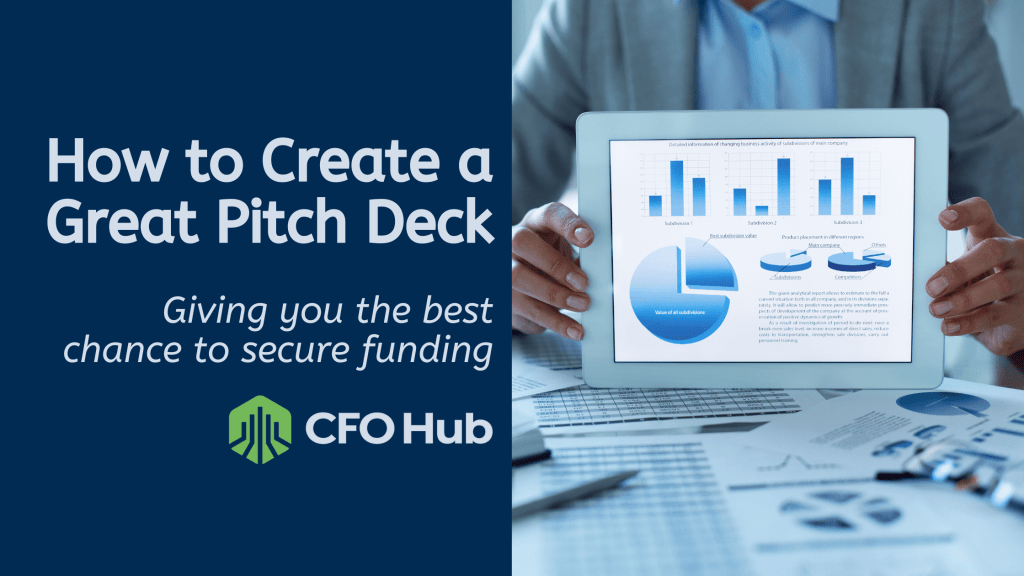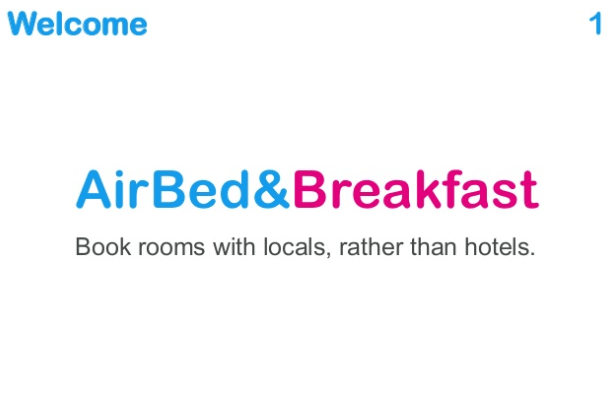To acquire that investment, you’ll need to persuade investors with your pitch.
Standing in a room full of investors and asking for money can be quite nerve-wracking, though. You have to be well-prepared to make your cash for funding.
A crucial part of a successful pitch to investors is the pitch deck. Your pitch deck must convey a lot of information, yet be concise enough to hold the attention of investors.
Below, we’ll break down each component of a pitch deck.
Introduction/Overview
Start your presentation with a brief introduction of yourself, your company, and the reason you’re here. Don’t make this section too long — you want to get into the main portion of your presentation as soon as possible.
The Problem
Your presentation starts with the problem you aim to solve. Here is where you discuss the status quo of your industry.
Simplicity and relatability are virtues here. The goal is to build a connection with investors, not baffle them with complicated jargon.
Additionally, stick to only one problem. You want to appear focused to investors.
Airbnb’s original pitch deck does each of these well.
They summarized their problem in three succinct points:
- Price is important for customers booking travel
- Hotels are tourist bubbles — they don’t expose you to local culture
- It’s hard to book lodging with a local or host with your own spare room/home
Notice how simple yet relatable that is. You may have experienced those very problems before the existence of Airbnb.
If you’re presenting to investors that aren’t in your target market, then simplicity is even more critical. You want investors to have no issue understanding the problem you’re going to solve.
Your Solution
Like your problem, your solution must be clear and concise. Avoid complicated industry jargon, even if you think your investors will understand it — investors care about ROI, not an advanced vocabulary.
Benefits sell much more than features. Mention the features of your solution, but emphasize how said features solve the problem.
Use visuals wherever possible, as these will keep investor attention. If you have a prototype or a demo of your solution, show it off during this slide.
Your Team
Your team is what will guide your solution to the market. Mention your founders and key management personnel on this slide.
Provide a succinct explanation of each team member’s background, education, skills, and role in your company. Include their work history if applicable to your solution.
Highlight the diverse skill sets and experience of each team member. Investors favor diversity of experience among your team as it demonstrates the capability to overcome challenges.
Your Market
Now, you need to break down your market size and opportunity — as well as your current market share. Here is where you’ll add data regarding revenue, growth, and other statistics.
Payment company Square demonstrated the rapid growth of the mobile payments industry with a graph of the compound annual growth rate from 2010 to 2015.
If you refer back to Airbnb’s pitch deck, you can see they did a great job as well. Airbnb first showed the large discrepancy between the number of users on temporary housing site couchsurfing.com and the amount of temporary housing available.
Then to back up their case further, Airbnb provided data on worldwide trip bookings, annual spending on online reservations, and the number of users for which they were aiming. In one fell swoop, they demonstrated market size, revenue opportunity, and their potential market share.
Your Marketing Strategy
Now, your investors want to know how you plan on reaching the market revealed in the last slide.
This slide will contain the critical parts of your marketing plan. You can market your solution in any number of ways, as long as you can explain it well.
With that said, you may need to adjust your marketing plan later on if things change.
Stick to short bullet points here. Most of your explanation will be verbal — the bullets will be your key points/steps you’ll take to market your solution.
Business Model
This slide is where the money is made. Investors want to know how your business plans on making money. Lack of a viable business model means you won’t make money — which means you won’t get investors.
Again, clarity and conciseness are key. Make it as easy for investors to understand as possible how you plan to profit.
Like marketing strategies, business model options are aplenty.
For example, look at the cashback rewards section of Rakuten, formerly known as Ebates. Rakuten pays users cashback for shopping at retailers through Rakuten’s site. Retailers pay Rakuten a commission when these users by from the retailers, and part of this commission is split with Rakuten users.
For an even simpler example, look at personal finance software Mint. They use a freemium model — the software is free to use, but if a customer signs up for a financial product advertised on their site, Mint earns a commission.
Your business model may change slightly as your business grows, but the core business model will likely remain the same.
The Competition
You need to acknowledge your competition. However, this slide is where you emphasize your competitive advantages.
A common method of competitive analysis is the Magic Quadrant. This is a simple graph that allows you to compare your company to the competition based on two variables.
A Magic Quadrant may not be enough, though — can your product truly be differentiated on only two variables?
Instead, you may consider a Power Grid. A Power Grid is a table in which each column is a competitor and each row is a benefit. Using a Power Grid, you can compare your solution against the competition’s across as many benefits as possible.
Financial Summary
Conclude your presentation with financial projections. Present both conservative and aggressive sets of projections to show the best and worst cases.
Additionally, list the funding you’ve received so far, but be careful. There are SEC regulations that restrict to whom you can show funding information. Err on the side of caution.
Lastly, inform the investors of how much funding you’re seeking and what you plan on doing with it. Focus on how the additional funding will provide returns for the investors. Once again, if you include this information, be certain that your deck is solely shown to accredited investors.
Contact Information
Include your contact information at the end of your pitch deck. This won’t make or break your presentation, but it never hurts to provide investors with more ways to contact you.
CFO Hub can help you create polished, informative financial models that’ll help you secure the funding your business needs. Contact us today for a free, no-obligation consultation.
Jack Perkins, CPA founded CFO Hub to provide strategic finance and accounting services to enterprises of all sizes. Prior to founding CFO Hub, Jack served as the CFO and Controller of rapidly growing enterprises in California. Jack's written content has been featured in Forbes, Entrepreneur, and several other notable publications.
Visit Jack's Expert Hub to learn more about his experience and read more of his editorial content


